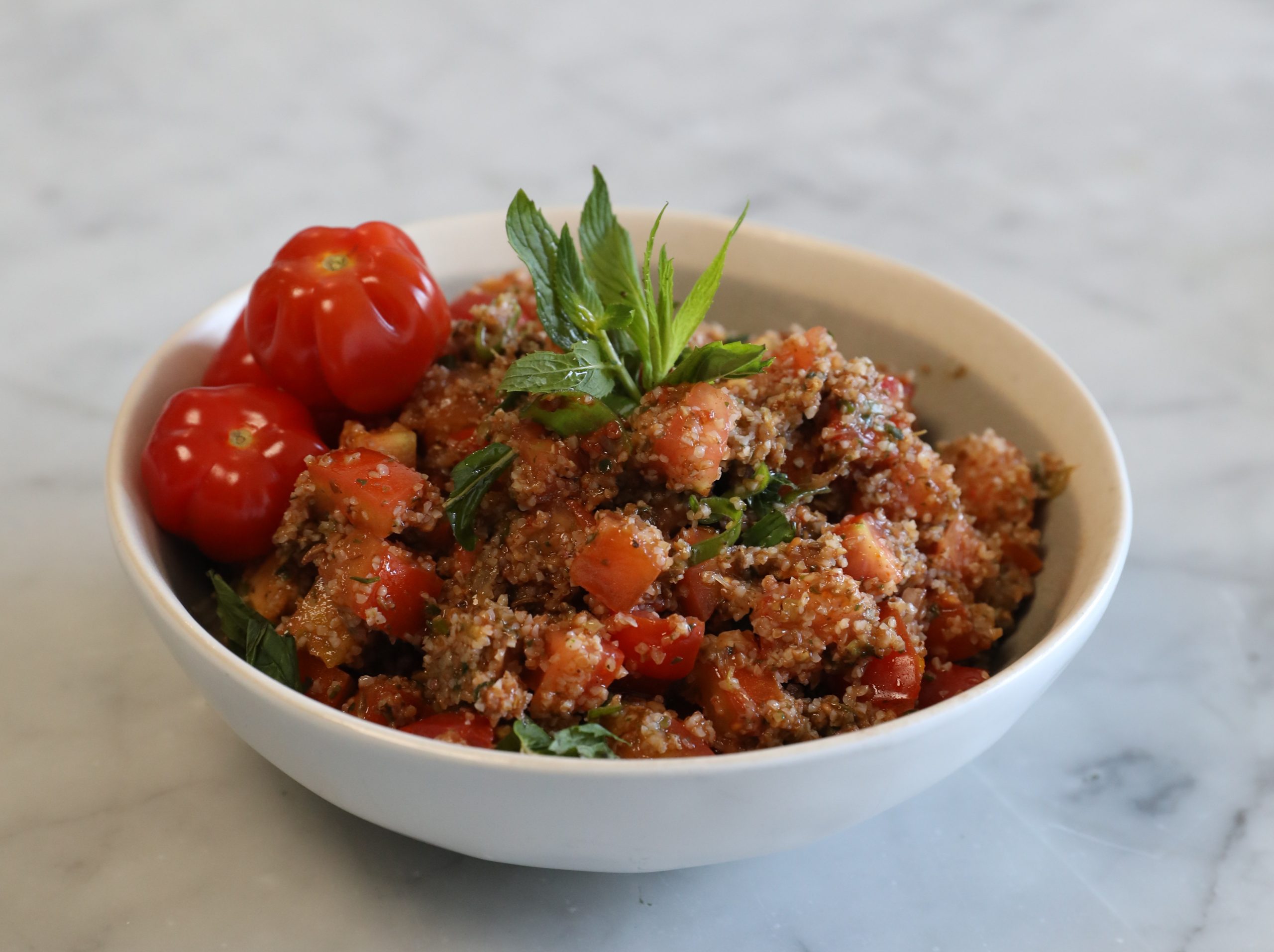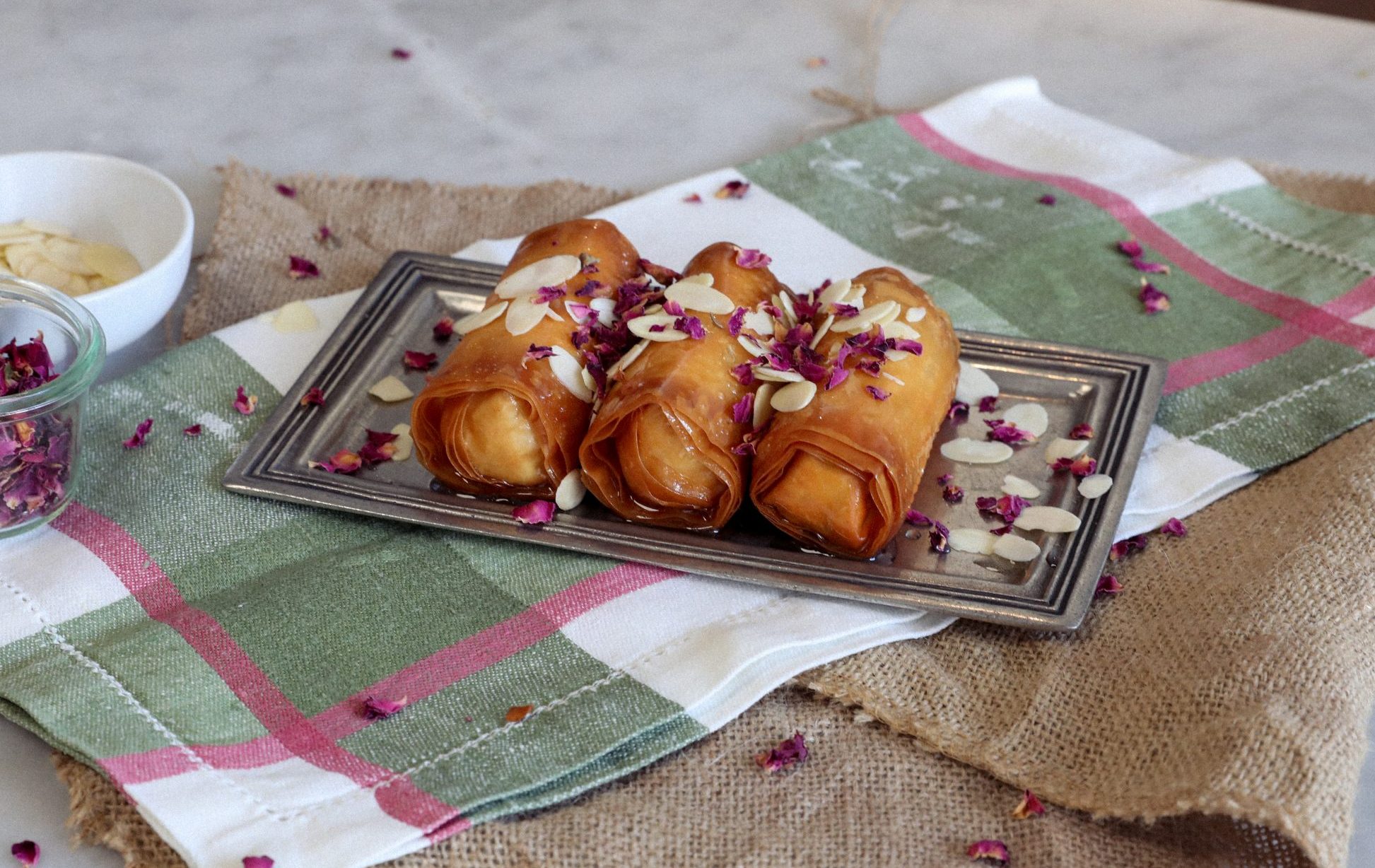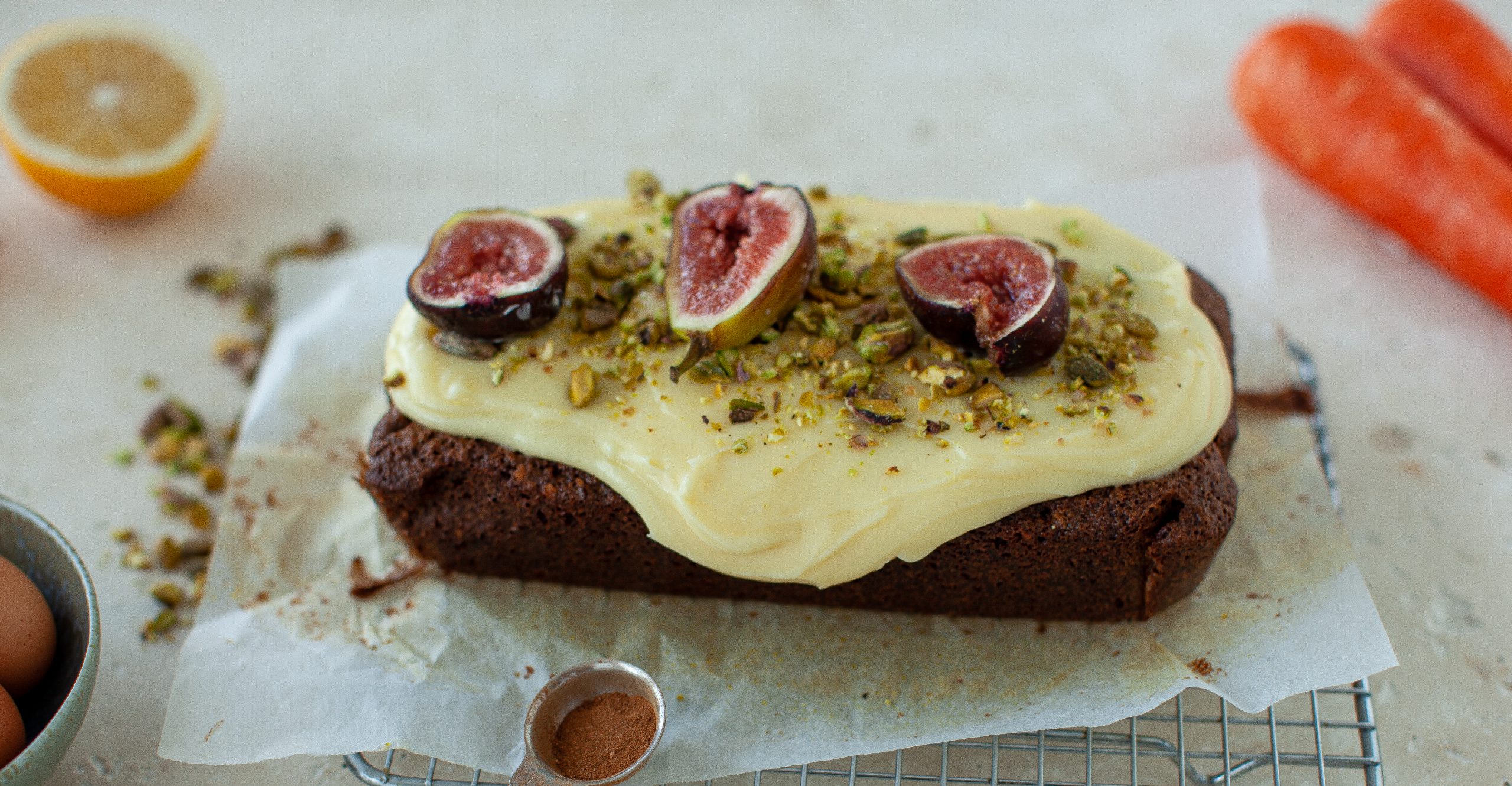Hoda’s Kamounet Banadoura
 Lebanon
Lebanon 
People always ask me: how did you learn to cook so well? The answer is being one of four children. I was the second eldest with a typical migrant background story – hard working parents who couldn’t always be home. So I stepped up to become the resourceful family ‘feeder’ which taught me how to cook with whatever I had around.
Food means family to me and both elements are so intrinsically connected to each other in all I do.
My parents migrated to Australia from Lebanon soon after they were married. Mum was 17 and Dad 23. In some ways they are polar opposites. Mum was one of 14 but her family were wealthy and well-educated. Dad’s family lived in the village and as the oldest of 11, he had to leave school in Year 9 to help support the family financially. When they got here, Mum went to TAFE to complete her HSC and then to Uni to do a computer science degree while Dad worked as a milkman and a taxi driver before starting his own picture framing company. It was a struggle to make ends meet but he wanted to support Mum to finish her education and they have always put a lot of emphasis on all four of us getting Uni degrees.
While we were growing up we all went to Lebanon once a year for our long December-January summer holidays so that we could get to know our cousins and extended family and experience how life was in Lebanon. Like many migrants, my parents were often surprised at how much things had moved on since they had left. My mum’s mum died before any of us were born but I have been lucky to know my dad’s mum, both my grandfathers and my great grandfather who lived to the incredible age of 108. It was such a privilege knowing him.
The family was from the south of Lebanon, close to the border with Israel. This part of Lebanon was occupied by Israel amid the hostilities of the wider Lebanese Civil War and it remained occupied until 2000. Roughly 10% of Lebanon, this area became known as the South Lebanon Security Belt.
My grandparents and extended family lived in underground dwellings for many years. The above ground houses were abandoned, and the fear of random bombings and shootings was real. People felt their every move was being watched and would point out the observational towers where the Israeli soldiers were. My grandparents moved to Beirut but kept their property in the south and my parents have built a house there recently. They would never move back but the emotional ties are strong.
Both my parents have a really strong work ethic and worked hard in Sydney to build a life and ensure we all got a good education and they ended up owning a picture framing company which is really well-known in the community. (It’s the one by Nut Roasters on Chapel Street in Roselands, south-west Sydney.)
Hard work and long hours did mean they couldn’t always be home and that probably contributed to the fact that they were eclectic grocery shoppers and why I learned to get creative in the kitchen from a young age. I always enjoyed the challenge and it’s still how I cook now – with a fusion of flavours from Australia, the Middle East, and other culinary traditions too.
One of the dishes that I loved most in my childhood and that is still one of my ultimate favourite meals to make and eat is Kamounet Banadoura. Sometimes called Tomato Kibbeh or Kibbet Banadoura, it’s a speciality of south Lebanon which you may not find in restaurants but you will find made in every home. It reminds me of every picnic we ever had. It’s got a great zing to it and I love it!
Essentially it’s a fresh tomato, onion and burghul wheat salad flavoured with a cumin-based spice mix called Kibbeh which is unique to the south of Lebanon. You can find Kibbeh mix in Middle eastern grocery shops or you can make your own as I do, grinding it fresh in a spice grinder or food processor. Make up more than you need and try experimenting with it to pep up other dishes.
Burghul is a Middle Eastern staple also known as bulghur wheat. It’s been around for 4,000 years or more and is said to be the world’s first convenience food! You’ll know it as the key ingredient in tabouli, a whole grain found in Middle Eastern grocers, most health food shops and the international foods section of lots of supermarkets. You can use it in other dishes in place of rice or couscous or other whole grains like barley or quinoa and it’s a good binding ingredient for things like meat balls or patties.
Kamounet Banadoura is a simple dish to make but it bursts with flavour and good health. Using good quality olive oil and firm but ripe red tomatoes, it’s full of vitamins, minerals, unsaturated fatty acid courtesy of the olive oil and fibre courtesy of the burghul wheat.
It’s a delicious, healthy, easy-to-prepare recipe that will add an extra something to your next BBQ or picnic and may become a regular in your family too.
Hoda Hannaway
May 2021
Share this story

If making your own Kibbeh, process the kibbeh herbs and spices (cumin seeds, rosebuds, dried marjoram, dried basil, dried mint, peppercorns and allspice) in a food processor or spice grinder. (These amounts will make more than you need but store in a clean jam jar and enjoy trying with other dishes or for next time you make this salad)
Mix the diced tomatoes with ⅓ cup of burghul (dry) and refrigerate for an hour. The burghul will absorb the juice of the tomatoes.
Blend one of the finely chopped onions, half the mint leaves, 1 tablespoon of bulgur and 1 tablespoon of kibbeh spice in your food processor. This is called the kamounet.
Mix the rest of the onions with the tomatoes and burghul.
Add the kamounet to the tomatoes and burghul and mix with a fork.
Add the salt, tomato paste and olive oil to the mix and mix gently with a fork.
Transfer to a serving bowl and garnish with mint leaves.
Extra ingredients to those who want to make your own Kibbeh:
1 tablespoon cumin seeds
4 dried edible rosebuds
½ teaspoon dried marjoram
½ teaspoon dried basil
¼ teaspoon dried mint
2 black peppercorns





